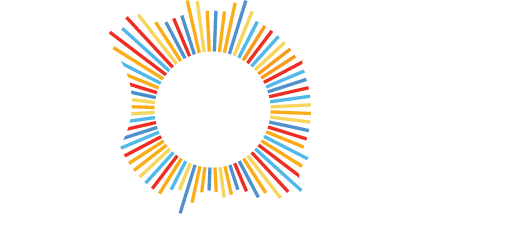
Lisa Kha is one of our 2nd year Cadets. She’s studying Commerce at the University of Sydney and completing her placement at QBE Insurance. She recently undertook a study placement to the Northern Territory, working with the local Indigenous community to create a sustainable governance model for a town facing some challenges. Over to Lisa to hear more about her experiences and learnings from the trip.
At the end of March, a team of interdisciplinary students headed off to a small town in the Northern Territory called Jabiru – a town built on Aboriginal land – a town built for the purposes of mining. The mine has created tension in between Indigenous communities for decades now. However, its shutting down means the royalties to Mirarr, the owner’s of which the land was built, disappear accordingly.
The University of Sydney are running a five-year initiative to assist the community. As part of this initiative, our role was to understand the needs of the Bininj (a term the Aboriginal people call themselves) and in a joint effort with the Gundjeihmi Aboriginal Corporation, to help create a sustainable governance model that encourages collaboration amongst the communities in a bid to improve quality of life.

Photo: Husband and wife Mark and May – traditional owners of the land who took the time to take us around to see rock paintings on day then their community the next
Over the nine days, we learnt a tremendous amount about their deeply rooted customs, ways of life and their history. We realised how little we knew about their circumstances coming into this – both their struggles and achievements. It was very overwhelming. It was a much needed eye-opener.
We started to see where our skills could work to help a community create a sustainable way of life. We were part of something greater than just marks.
For someone who loved excursions and history in high school, this unit combined just that with my business side of things. Unlike normal classrooms lectures and tutorials, this experience allowed for firsthand interaction with the communities and people. When ‘on-country,’ we were able to go explore what Kakadu had to offer, its amazing past with traditional owners of the land and by exploring the land in which they owned.

Photo: Going to see rock paintings
Highlights at Kakadu for me were definitely the interactions we had with the community – whether that’d be playing ultimate frisbee or soccer with the kids and dancing along at their school dance or being taken on tour by the traditional owners. There was no doubt about it. I fell in love with the community and didn’t want to leave by the end of it.
Taking this chance to work closely with Indigenous communities was something I never thought I’d have the chance to do but it was one of the best decisions I’ve made.
It was my first experience working with an interdisciplinary team and it just goes to show how much you can learn off one another. I cannot wait to see how this project will be transformed from its current stage by the end of the final phase and the changes it’ll have on the community.

Photo: Obligatory crocodile sighting in Kakadu National Park.
